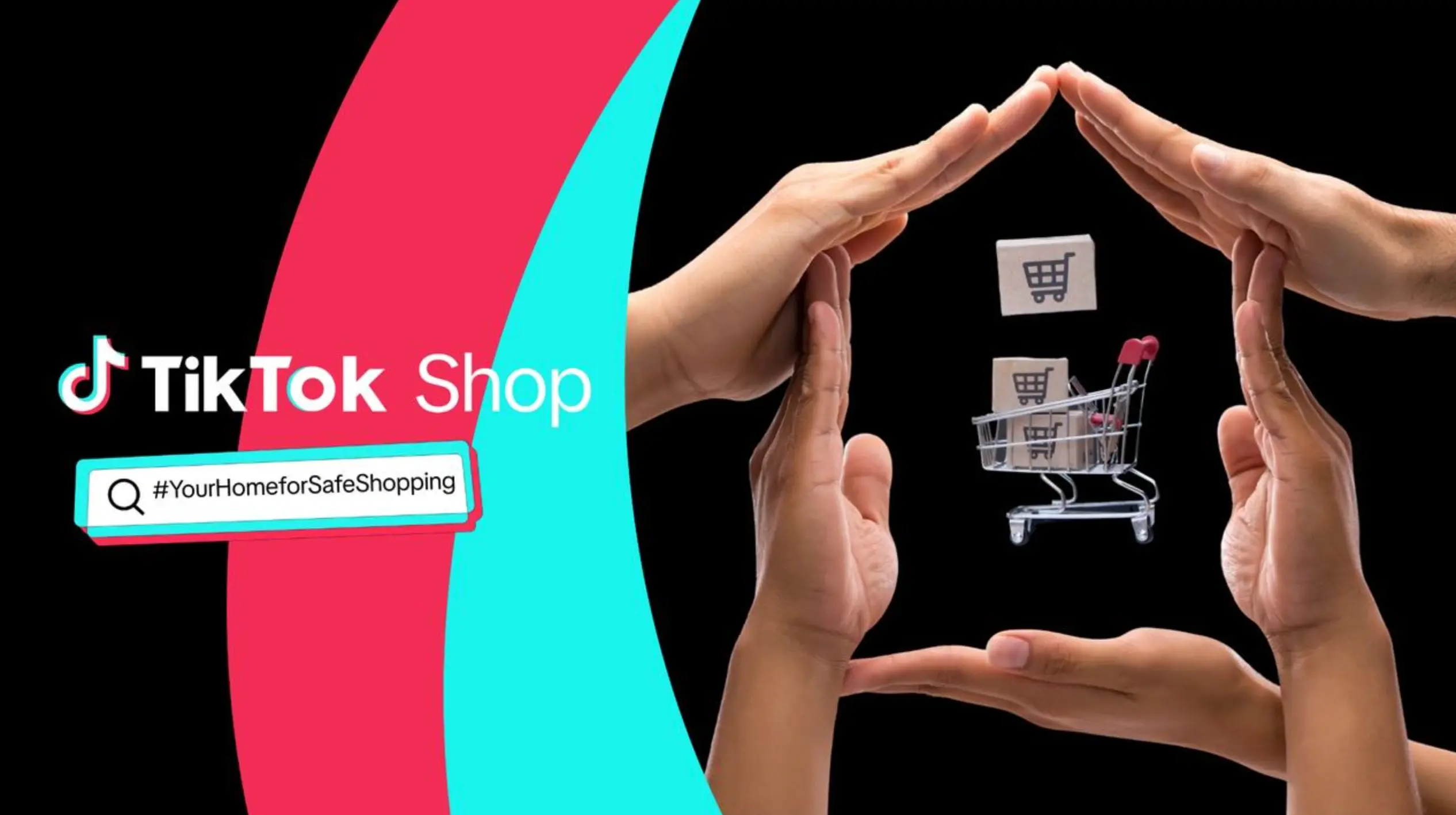Geofencing vs. GPS Tracking: Understanding the Differences
Updated on
Published on

The greatest way to increase your capacity to stand out is to adapt to new technology as it becomes available. Businesses must embrace tools that will enhance marketing effectiveness through improved operational efficiency. Curious about which tools are the most potent for marketing and growth today? At the top of the list are geofencing and GPS tracking. Even though GPS tracking and geofencing are often used interchangeably, it is important to note their differences. They are both mobile-based technologies, which is the first commonality. On the other hand, their applications and consequences are quite distinct. Here is a rundown of the key distinctions between geofencing and GPS tracking technologies to help you choose the one that is right for you.

What Is Geofencing?
Geofencing is a location-based service that triggers a pre-defined action when a mobile device enters or exits a virtual boundary set up around a geographical location. Geofencing is widely used in marketing to deliver targeted advertisements to consumers based on their geographic location. The primary function of geofencing is to initiate specific actions, like sending notifications, enabling or disabling certain features in apps, or delivering location-specific marketing content.
What is GPS Tracking?
GPS (Global Positioning System) tracking involves the use of satellites to continuously track the location of an object or person. It is commonly used for logistical and security purposes, such as monitoring fleet vehicles, valuable assets, and even individuals for safety reasons. Unlike geofencing, GPS tracking provides continuous data on the whereabouts and movement patterns of the tracked entity, offering comprehensive insights over time.
Key Differences Between Geofencing And GPS Tracking
Marketing is the primary purpose of geofencing. It improves customer involvement by delivering content in a timely and specific way to the right place. On the other hand, GPS tracking is location-based. It tends to monitor and control assets or personnel by enabling the regular updating of the locations for security and efficiency in operations.
Geofencing works by creating a virtual boundary that triggers certain actions based on device entry or exit. GPS tracking continuously follows the path of the GPS-enabled device, providing real-time location updates without the need for a specific boundary. While geofencing typically relies on mobile apps and can utilize various location technologies like GPS, Wi-Fi, or RFID, GPS tracking strictly uses GPS satellites to function, requiring GPS receivers and more robust hardware.

GPS tracking is more resource-intensive, requiring significant power consumption and often specialized hardware. Geofencing is generally less demanding since it only needs to check the device’s location when it crosses into or out of a geofence. Implementing GPS tracking can be more costly due to the need for continuous data transmission and more sophisticated devices. Geofencing is often a more budget-friendly option, particularly for marketing-focused applications.
GPS tracking raises more significant privacy issues due to the continuous monitoring of individuals’ locations. It necessitates stringent data protection measures and compliance with data security and privacy laws. Geofencing, while also needing careful handling of location data, typically involves less invasive data collection. In geofencing, users often have the choice to opt in or opt out of location services within an app, giving them greater control over their privacy. GPS tracking may not always offer this level of user control, especially in applications like fleet tracking or logistics.
In order to effectively derive maximum performance and service from the operations and marketing of a business, it is key that the business is well aware of the different functions and uses of either geofencing or GPS tracking in business. Geofencing works best in location-based marketing and the reinforcement of customers' connections to brands, while GPS tracking fits well with the whole monitoring and logistics management system. Each of these technologies has unique benefits that could be increased efficiently in operations or even raise customer engagement significantly based on business needs. In short, the decision to be made finally between the two would very much depend on the kind of goals a company would need to achieve toward enhancing the level of customer experience or ensuring that every operation done is secure and efficient.







